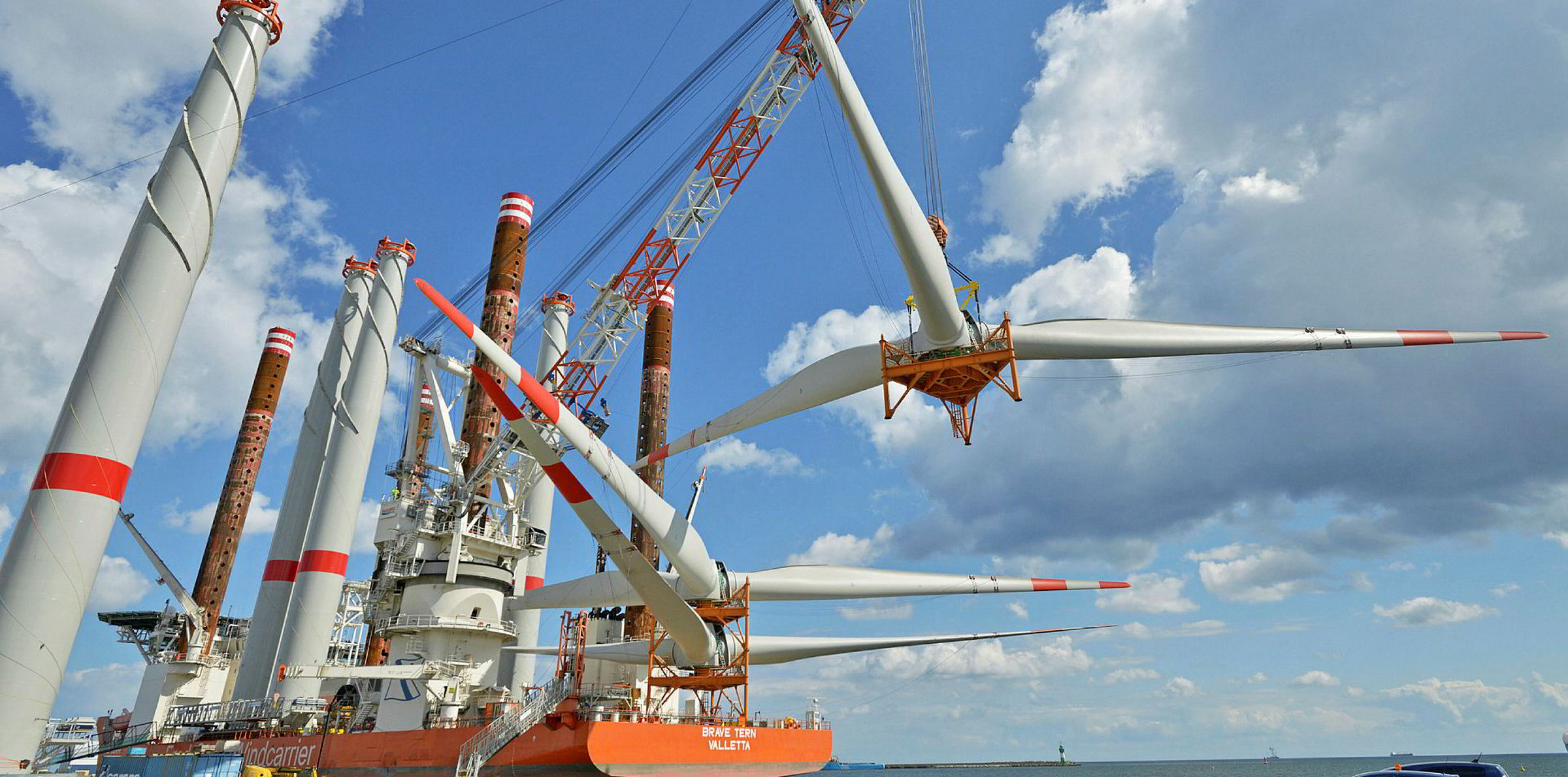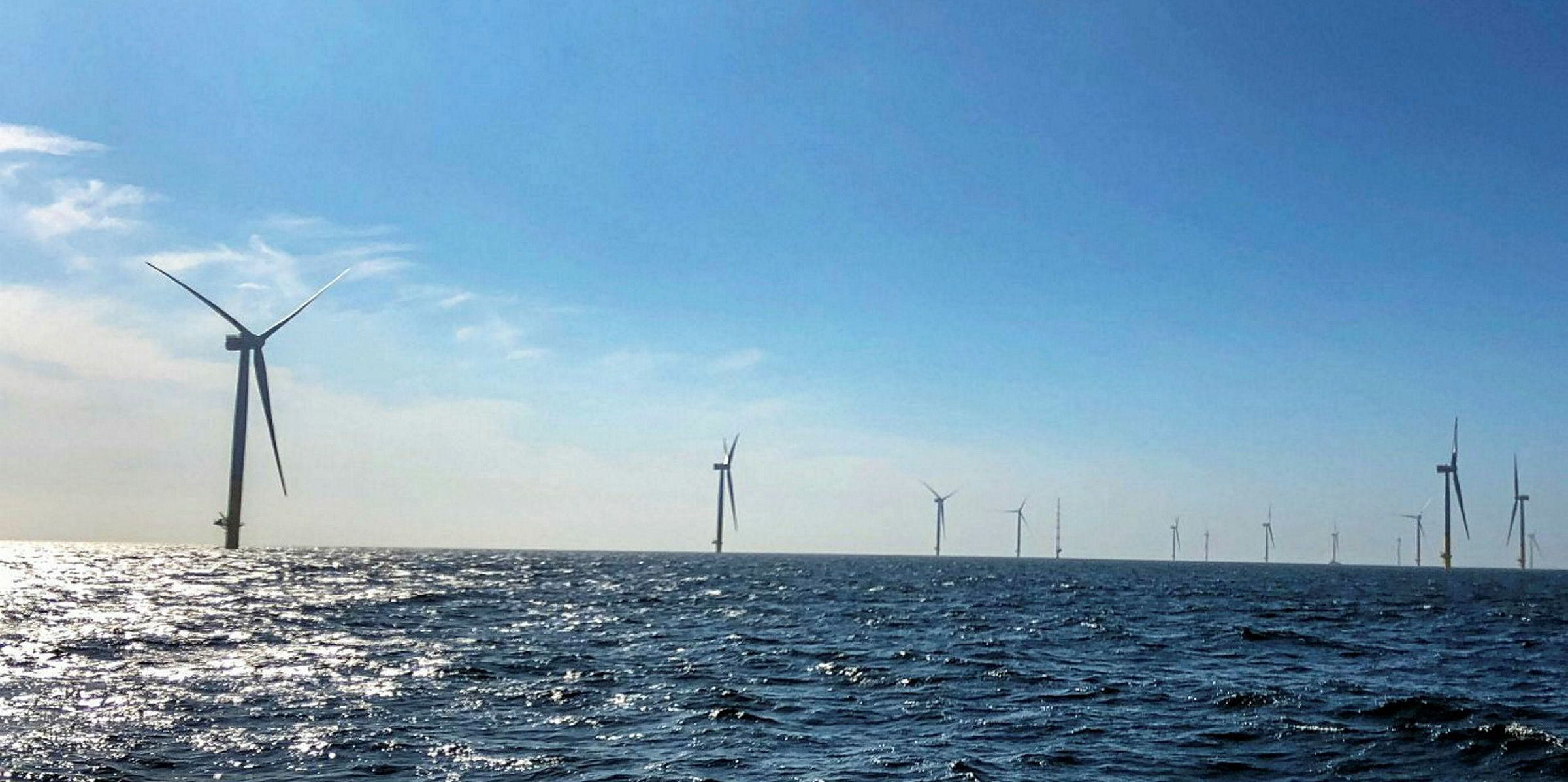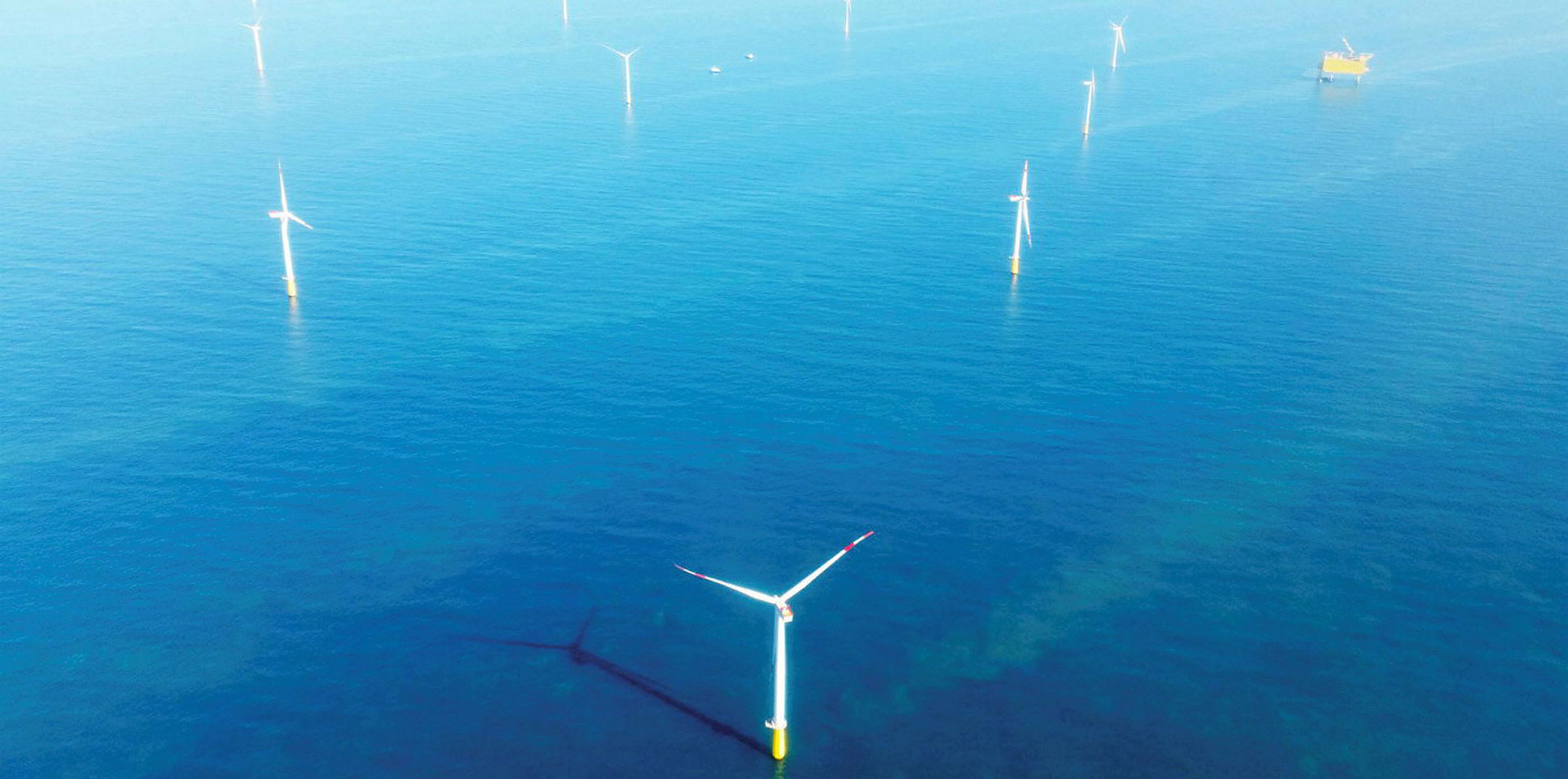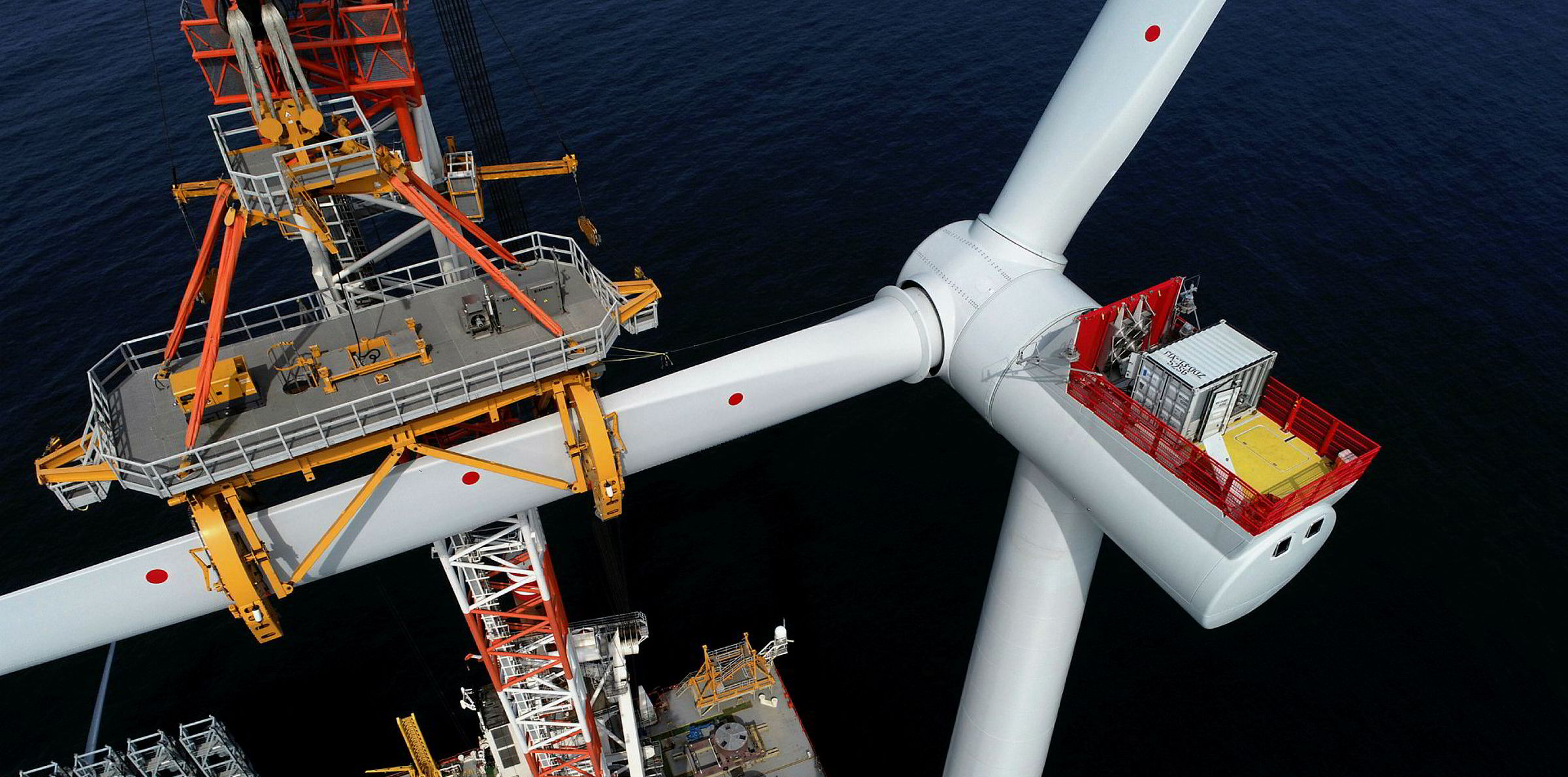Global offshore wind power expanded at a record rate in 2019, with new capacity brought into operation taking the worldwide fleet to over 27GW by year-end, according to latest figures from World Forum Offshore Wind (WFO).
The 5.2GW build-out, a 24% increase on 2018, saw 16 projects move into production off the UK, China, Germany, Denmark, Belgium and Taiwan, raising the number of generating wind farms worldwide to 146.
A further 7GW, including 1GW of floating wind, is currently calculated to be under construction globally.
But while Britain retained its title as the world’s biggest offshore wind play, with 9.7GW of the total operating capacity, and Germany second place with 7.5GW, both are set to soon be eclipsed by China, which has 3.7GW under development, on top of the 4.9GW turning in its waters.
“The fact that 2019 has been yet another record year for the global offshore wind industry shows that offshore wind is ready to play a major role in the global energy transition,” WFO managing director Gunnar Herzig told Recharge.
“Especially with the roll-out of commercial-scale floating wind farms, which we expect in the coming years, offshore wind is going to have another breakthrough moment as a global technology for CO2-free electricity generation.”
The pace-setting ramp-up of construction of offshore wind farms off China is followed by the Netherlands, which currently has 1.5GW being built, and the UK, with 714MW under construction.
“China’s rapid growth will make it the world’s largest offshore wind market during the 2020s,” Herzig added.
Disruptions in the German offshore wind market caused by regulatory framework changes are reflected in the comparatively low 220MW of capacity currently being built off its coasts.
The WFO’s 2019 Global Offshore Wind Report highlighted the “significant progress” being made by floating wind, driven by the start of development of a pair of utility-scale projects off Korea, and progress on four pilot arrays off France.
“Floating offshore wind is gaining serious traction. While the last decade was its demonstration phase, the 2020s will bring the commercial breakthrough for floating wind,” said Herzig.
Herzig noted that as well as representing a major new global baseload power source, offshore wind’s global expansion “would offer tremendous economic opportunities for local supply chains, especially for countries with deep industrial roots such as Japan, South Korea and China”.
The International Energy Agency, in its first standalone report on the offshore wind market, last year forecast the sector would mushroom from its current installed base to become a main engine of the transition toward a decarbonised global energy system in the coming decades, with the worldwide fleet expanding 15-fold to reach at least 340GW by 2040.
The International Renewable Energy Agency is more optimistic still, expecting the worldwide build-out to reach 1TW of plant by 2050, and a 2019 World Bank study suggested “emerging” plays alone could ultimately add as much 3TW to the worldwide fleet.
Analyst Wood Mackenzie in a recent report forecast that offshore wind will account for 25% of the world’s installed wind power by 2028, up from 10% at the end of last year.




